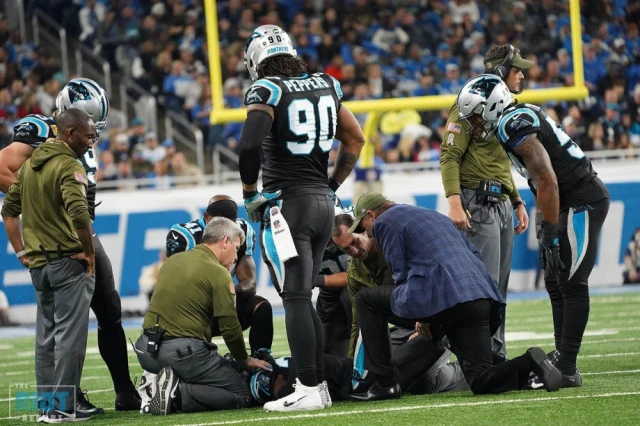
Is it ever too early to start talking about football? No way!
First up comes the Hall of Fame Game, then Preseason and then four weeks later the regular season finally starts. But what have these players been doing since the last Super Bowl? Getting ready for the next season, of course. There’s a saying in parts of the country where the winters are long, cold, and snowy: if it’s not winter, you’re getting ready for winter. Each year after their season ends, by March these players begin conditioning, strengthening and drilling all in preparation for the next season.
In the US, football does not have a minor league. College and high school football are considered second and third levels of the sport. These teams have also been preparing for their regular seasons, in addition to some spring play. And with all the return to play comes the typical injuries. Some are minor, some are season-ending. In our practice, we treat athletes at all levels, and each sport has its own set of typical injuries.
Some facts to know about high school and college football injuries:
- Highest rates of injuries are seen in the pre-season, followed by the regular season and post season.
- Ligament injuries are the most common kinds of injuries, with sprains of the lateral ankle and medial collateral ligaments of the knee being most prevalent.
- Players are nearly seven times more likely to be injured during a game than during practice.
- Concussions account for a significant number of injuries.
- Re-injuries are too common!
My advice, as a medical provider, for football players out there getting ready for August/September:
- Have a pre-season physical… and follow your care team’s recommendations.
- Follow a solid pre-season training program of nutrition, strength training and conditioning.
- Minimize overuse. Over 10% of injuries are related to overuse patterns, so don’t skip rest periods or play other sports. Just because you’re not playing football doesn’t mean you’re resting.
- Stay hydrated with both clear water and sports drinks, especially during hot weather.
- All safety equipment needs to fit properly.
- Depending on your position (linemen) and institution, a knee brace may be optional or required equipment. Although controversial, the use of these braces is becoming more common. Talk with your sports medicine professional regarding your particular needs.
- If you do happen to have an injury, don’t hide it. Small things can turn into big things when they’re ignored. Our goal will be to get you back on that field as fast as possible.
This article is written by Sal Rondinelli, PA-C is a physician assistant with OrthoCarolina’s Sports Medicine Center.
Back




Leave a Comment